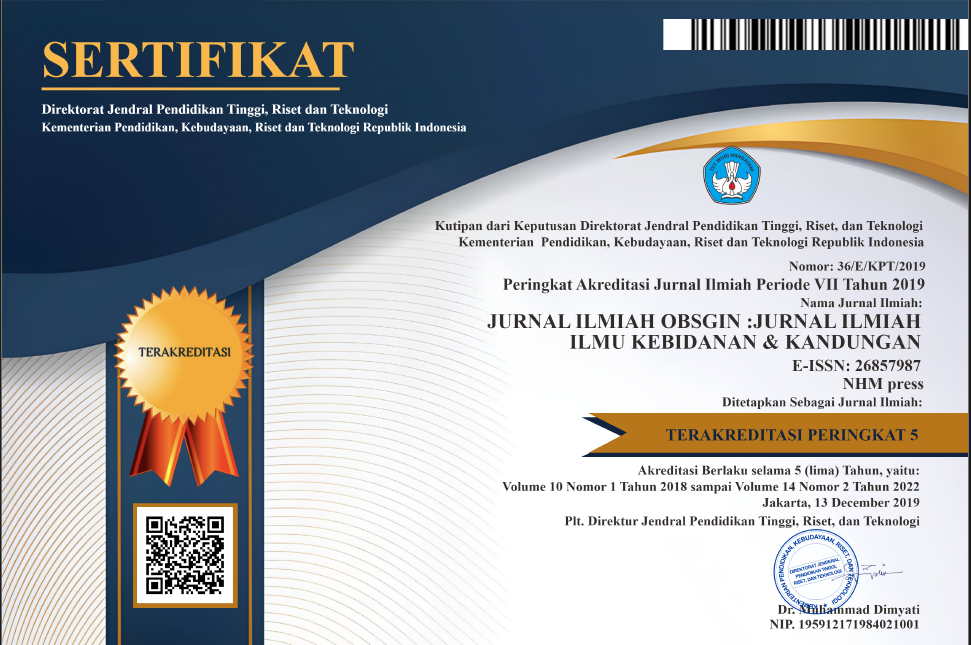Faktor-Faktor yang Berhubungan dengan Kejadian Anemia pada Ibu Hamil di Kabupaten Kupang
Abstract
Anemia is a global public health problem that contributes to increasing morbidity and mortality rates. Anemia in pregnancy is categorized as a condition that has the potential to endanger the mother and fetus. Therefore, it is important to identify factors associated with the incidence of anemia in pregnant women in order to design more effective prevention strategies. This study aims to determine the factors associated with the incidence of anemia in pregnant women in Kupang Regency. This study used a quantitative approach with a cross-sectional design. The sampling technique was purposive sampling with a sample size of 114 respondents. Data were collected through questionnaires and hemoglobin level examination results, then analyzed using statistical tests. The results of the analysis showed that there was a significant relationship between several factors and the incidence of anemia in pregnant women, namely: knowledge of pregnant women (p = 0.000), compliance in consuming Fe tablets (p = 0.000), age of pregnant women (p = 0.000), and parity (p = 0.000). To reduce the incidence of anemia in pregnant women, it is recommended that pregnant women routinely attend counseling sessions with health workers to increase knowledge. In addition, pregnant women are expected to be more compliant in consuming Fe tablets according to the recommendations of health workers. The government and health workers need to improve education programs and monitoring of Fe tablet consumption for pregnant women, especially for certain age and parity groups who are at higher risk of anemia. Anemia in pregnant women is influenced by various factors, including knowledge, compliance with consuming Fe tablets, age, and parity. Intervention efforts based on education and monitoring compliance with consuming Fe tablets are very important to prevent anemia and its negative impacts on the mother and fetus.











